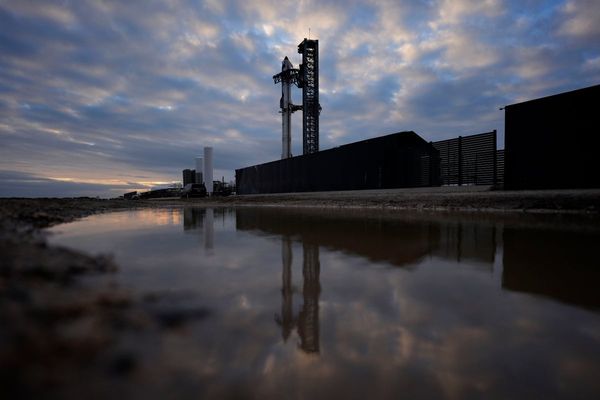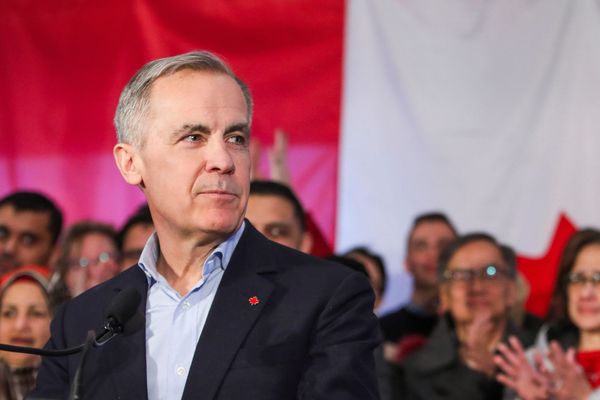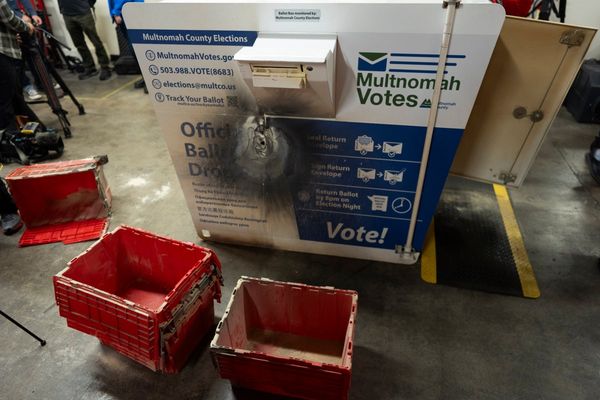
JALALABAD, Afghanistan—On Aug. 2, Atiqullah was at home enjoying the final hours of the Eid al-Adha holiday when news broke of an attack on the prison in Jalalabad, only a few miles from his house. Gunfire and explosions echoed all night, and the armed jailbreak turned into a running gun battle that lasted 20 hours before government forces put it down.
The site of the attack was particularly worrying because the Jalalabad prison holds hundreds of Taliban fighters—and, potentially worse, fighters claiming allegiance to the Islamic State, a terrorist group that has made this eastern Afghan city one of its primary targets.
Atiqullah, a 26-year-old Afghan who declined to provide his last name, saw his photo business wrecked in the attack; other businesses in the nearby shopping center were gutted, and residents spent days sweeping up broken glass and dreading the daunting costs of rebuilding. But it’s not just locals who are in shock: Much of the country was taken aback by the brazenness of the attack, claimed by the Islamic State, a group that the Afghan government last year said was “eliminated” and “on the run.”
In the days since the prison assault, Afghans are wondering how a group said to be defeated has continued to wage brutal strikes, especially in Kabul, over the past year. That includes a March attack on a Sikh temple in the capital that left 25 people dead, followed by a vicious attack in May on a maternity clinic in western Kabul run by Médecins Sans Frontières (MSF) that left 25 dead, including 16 mothers and two children. MSF shuttered the clinic in June.
The Islamic State may have lost its hold on territory but not its ability to unleash terror.
“The government is right. They, along with U.S. forces and the Taliban, were able to take out the Daesh leadership in 2019,” said Rahmatullah Amiri, a Kabul-based analyst who has conducted extensive research on both the Taliban and Daesh, as the Islamic State is also known. “But in the span of a few months, they have been able to transform themselves into sleeper cells that can strike at any moment.”
The group’s apparent ability to bounce back from blows including the recent killing of Assadullah Orakzai, the Islamic State’s intelligence chief in the country, as well as the capture of three top commanders in Kabul in May, underscores how hard it is to stamp out the group altogether.
“If any other group, even the Taliban, was dealt such a massive blow, they wouldn’t be able to recover so soon and stage such attacks,” Amiri said. “They would have been done for. No other group has demonstrated this level of resilience.”
For the Afghan people, the ability of the Islamic State to survive, despite concerted efforts by Kabul and its Western allies, presents another dangerous challenge. Just as the government is inching closer to intra-Afghan talks that could pave the way for peace with the Taliban, another group is showing itself to be even more potent and dangerous. And unlike the Taliban, who claim to be fighting a foreign occupation, very little is known about the actual goals of the Islamic State in the country.
The Afghan government, which last year touted its seeming victory over the terrorist group, claims that the recent revival, particularly the brazen jailbreak, shows the Islamic State is getting help from other militants, especially the Taliban.
“Daesh can’t hide so easily and conduct an attack of this magnitude on their own. Something like this takes a lot of coordination and effort,” said Javid Faisal, a spokesperson for Afghanistan’s National Security Council. With the Taliban holding peace talks and prisoner exchanges with the government, officials in Kabul suspect they are essentially outsourcing their terrorism to other groups, including the Islamic State.
Acting Interior Minister Masoud Andarabi on Monday equated Islamic State attacks with those carried out by groups like the Haqqani network. “Haqani & the Taliban carry out their terrorism on a daily basis across [Afghanistan] & when their terrorist activities does not suit them politically they rebrand it under ISKP,” he tweeted, a reference to the Islamic State Khorasan Province, the group’s Afghan branch.
Ahmad Ali Hazrat, the head of the Provincial Council in Nangarhar, of which Jalalabad is the capital, believes Islamic State fighters are being helped by groups including the Pakistan-based Lashkar-e-Taiba and Jaish-e-Mohammad. Reports indicate that at least seven of the 11 attackers involved in the assault on the prison were Indian, Pakistani, and Tajik nationals and that they could be heard speaking in Urdu, a language native to India and Pakistan.
Still, residents in Nangarhar don’t think the group needs outside help and believe the Islamic State has put down local roots.
“If you look at this attack, it was all planned in the city. There were no fighters that came from the districts—they were all already here,” said Haji Pakhtun, an elder in Shinwar, a district that was one of the group’s bases from 2014 to 2019.
There are other reasons to be skeptical of coordination between the Islamic State and the Taliban. There are repeated accounts from the districts of Khogyani, Achin, and Shinwar that the Taliban and the Islamic State have fought each other in a series of deadly battles across the country.
Amiri, the Kabul-based analyst, also sees religious disagreement between the two groups. The Taliban have become vehemently opposed to the Salafi and Wahhabi doctrines of Islam, even going so far as to close down a Wahhabi mosque in the northern province of Samangan, as they try to steer people toward their even more austere interpretation, the Hanafi school of Islam.
The Islamic State, in contrast, is tapping into long-standing sympathy for Salafi and Wahhabi interpretations in eastern Afghanistan, especially in the province of Kunar, where the first-known Salafi group emerged in the 1980s under Soviet occupation.
The Islamic State used to lure new recruits with money—paying between $200 and $300 a month—but in recent years, its propaganda has tapped into young men’s religiosity in the east.
“It’s ideological now, and once one person joins, others follow suit. It becomes a fast-moving trend,” said Haji Jan Mohammad, a Shinwari elder whose own family has taken up arms against the Islamic State.
The Islamic State also draws another contrast with the Taliban: that group’s perceived reliance on foreign help, whether from Pakistan—whose intelligence services for years propped up and sheltered the Taliban—Iran, or Russia.
“When Daesh recruits young Afghans, they say very simply, ‘The Taliban is beholden Pakistan, to Iran, to Russia. We don’t care about any of them. We just want to declare our caliphate,’” Amiri said.







